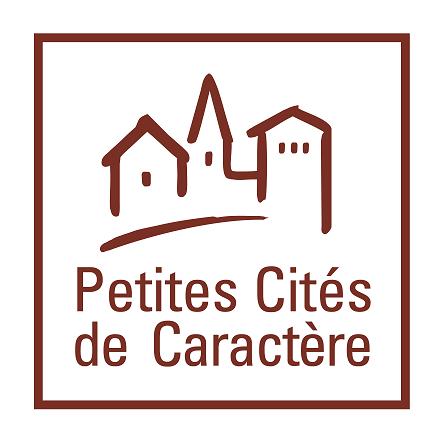Quarrying
The extraction of granite is subject to significant changes during the 20th century.
The arrival of explosives, electricity and the development of machines made it possible to fetch underground, a purer and more beautiful granite in the 1950s.
Before, at the beginning of the 20th century, only the rocks on the surface were exploited.
To cleave the little rocks the elder quarry workers were driven a series of splitting holes. Then wrought iron wedges (cuhn) were put into this splitting holes. Each wedge is pounded with a sledgehammer until the block of stone detached. You should never hit more on one wedge than on the other!
Many splitting holes “cunheras” are still showing evidence of this way of splitting rocks.
To extract larger blocks, the quarrymen carved a groove along the entire length of the rock.









![🧢[Rando de la semaine]🥾 En route pour la randonnée du Puech Margot ! Un très beau sentier pittoresque offrant des vues imprenables sur la région, du petit patrimoine entre prairies et forêts. Parfait pour une escapade en pleine nature et une bouffée d'air frais ! 🙂
⏰Boucle 3h30 - 12km 👉Lien vers la fiche rando et la trace GPX en commentaire de la publication.
#Randonnée #Sidobre #Nature #Aventure #Tarn #Occitanie](https://sidobre-vallees-tourisme.com/wp-content/plugins/instagram-feed/img/placeholder.png)







